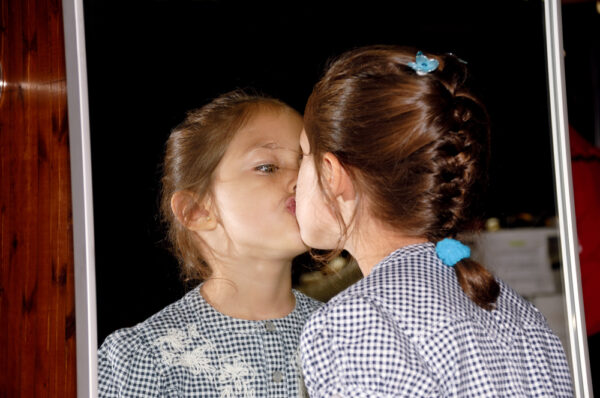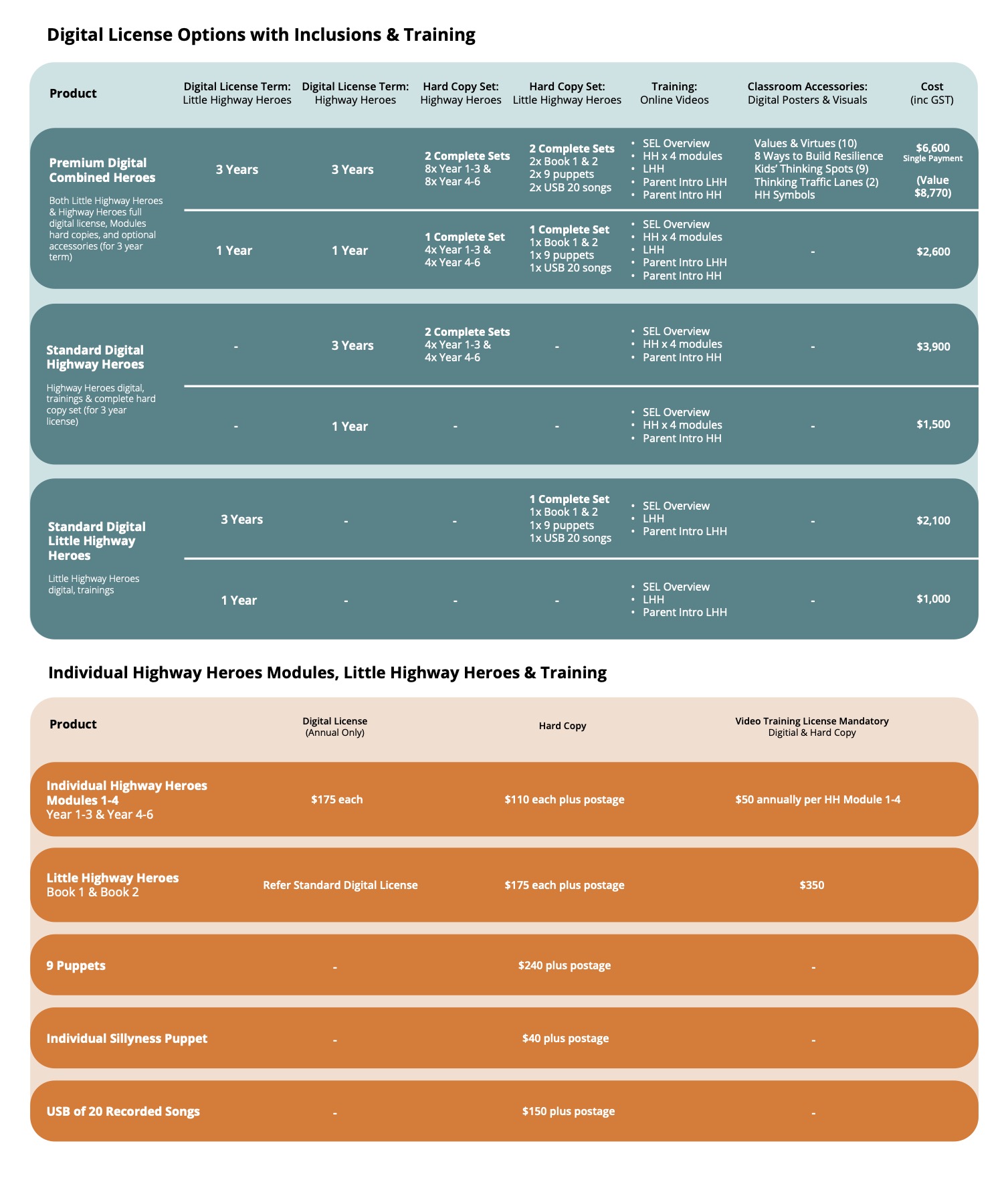There is a body of evidence that suggests that narcissism is on the rise. One US study purports to show a 58% rise in narcissism amongst college students today versus 30 years ago. Fingers point to “me-centred” social media, and over emphasis on ‘self-esteem building’, both at home and in schools.
Whatever the reason, a rise in narcissism is a bad thing for educators and students alike. An inability to understand and appreciate others correlates with bullying and cheating, ultimately stunting academic performance and making schools less pleasant places. In the longer term, empathy will be critical to students’ ability to collaborate, innovate and problem-solve as adults, and has ultimately been shown to make them happier in life.
The good news is that empathy – like most social and emotional skills – can be taught and nurtured. We look at 6 ways that educators, and other professionals, can develop children’s empathy.
Culture of Empathy from the Top Down
With all social skills, modeling the desired behaviour is critical. You never want to be asking a child to “do as I say, and not as I do”.
Empathy needs to start from the top. Principals need to be empathetic of the needs of their teachers, who in turn must demonstrate empathy toward their colleagues, parents and students. A school or clinic that fosters a culture of empathy will always be more successful in nurturing the skill amongst students or clients.
Role Model Empathy
Make a concerted effort to demonstrate to children your own empathy by acknowledging you understand how they feel and perceive things.
This doesn’t need to be complicated or overly rehearsed. If you notice that a child is having a difficulty with a task, rather than simply stepping in to help say, “You look like you’re having a hard time doing that yourself. Need any help?”If a child looks overheated at recess, don’t just shepherd them back to classroom, say, “It’s hard to keep going when it’s this hot; shall we go inside?”
Be Curious
Highly empathetic people have an insatiable curiosity about people. They are naturally interested and open to new people, experiences and beliefs. A good way to demonstrate empathic behaviour is by being curious yourself. Ask children plenty of questions and be interested in their lives and experiences.
Listen Well
When a child does share an incident or experience with you, make sure you pay attention and listen well. If you are distracted or multi-tasking, you are signaling to a child that you are disinterested – the polar opposite of empathy.
Listen Reflectively
Whenever a child relates an experience to you, it is an opportunity to reflect back your own understanding – not only of what they have said – but of what your own empathy has gleaned. Consider a response such as, “That sounds like it was very exciting, but also a little bit scary. You weren’t sure if you could do it, but then you did.” This demonstrates your interest in the child’s feelings. It also allows the child to check-in on their own feelings, and have an opportunity to correct you if you’ve read it wrong.
Call Out Empathy
Talk about empathy in the classroom, and the concept of being able to understand things from someone else’s point of view. When you see a child demonstrating empathy, name it. This will reinforce that child’s empathetic behaviour, and also provides role models for other children.


